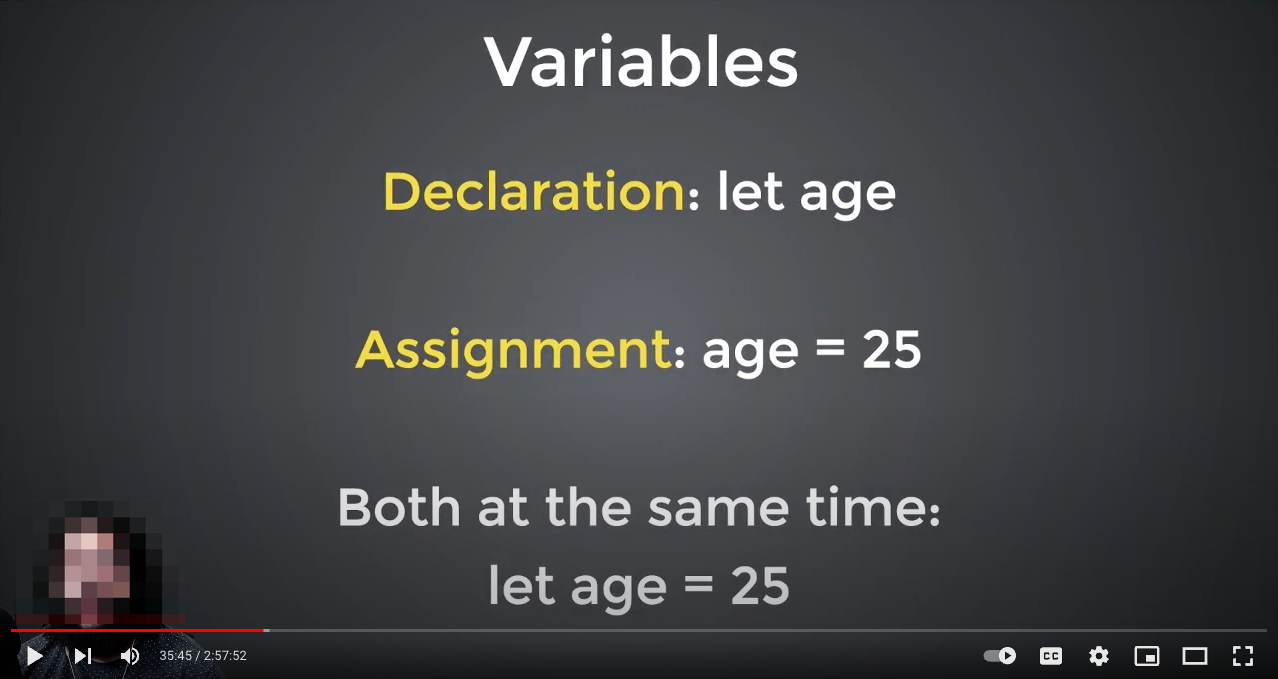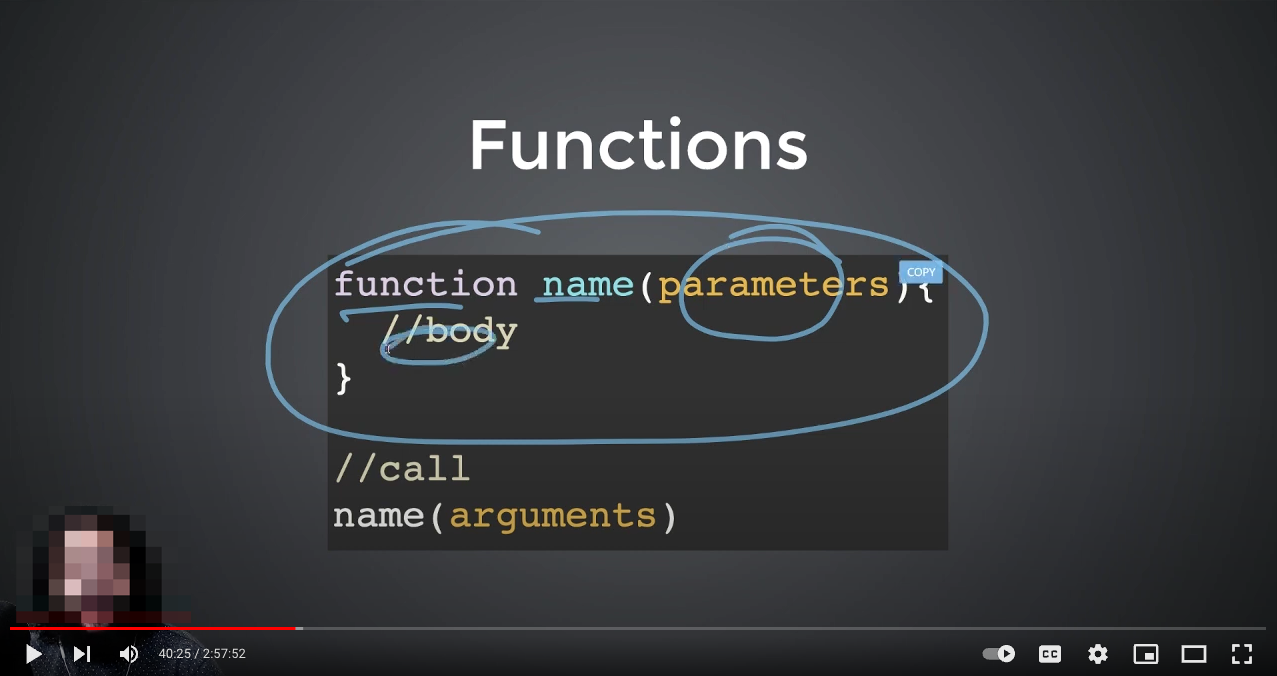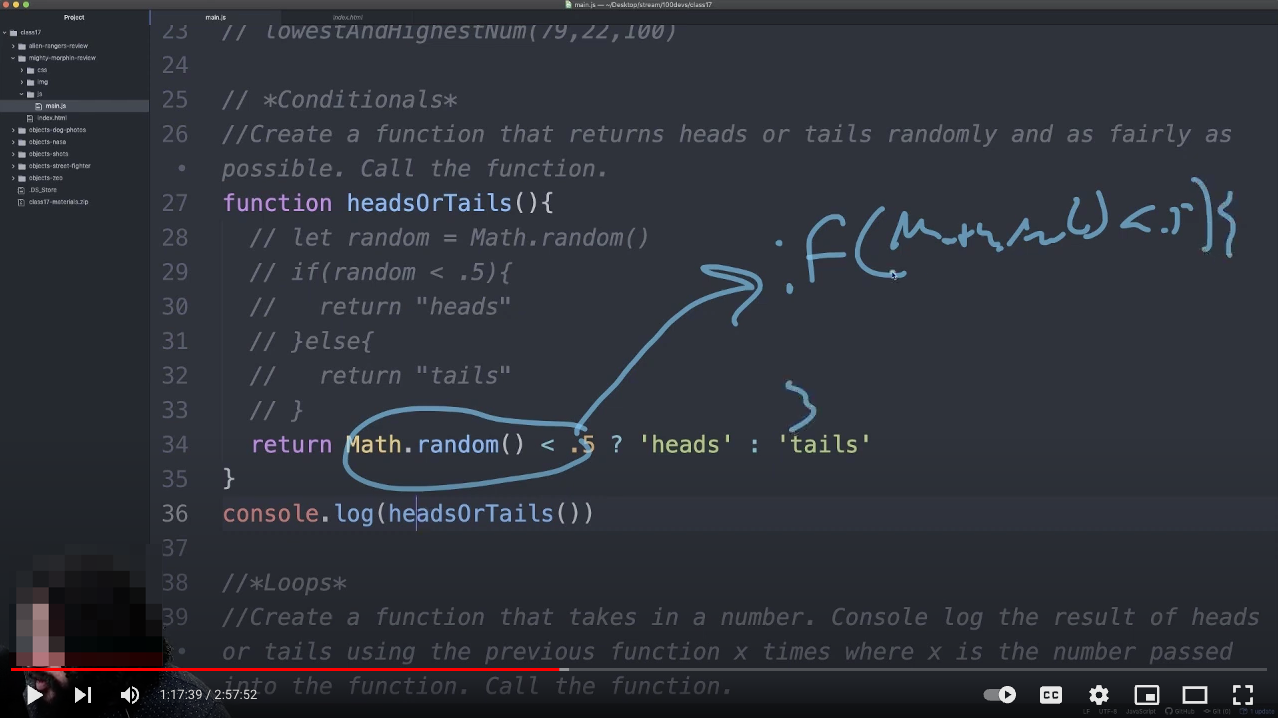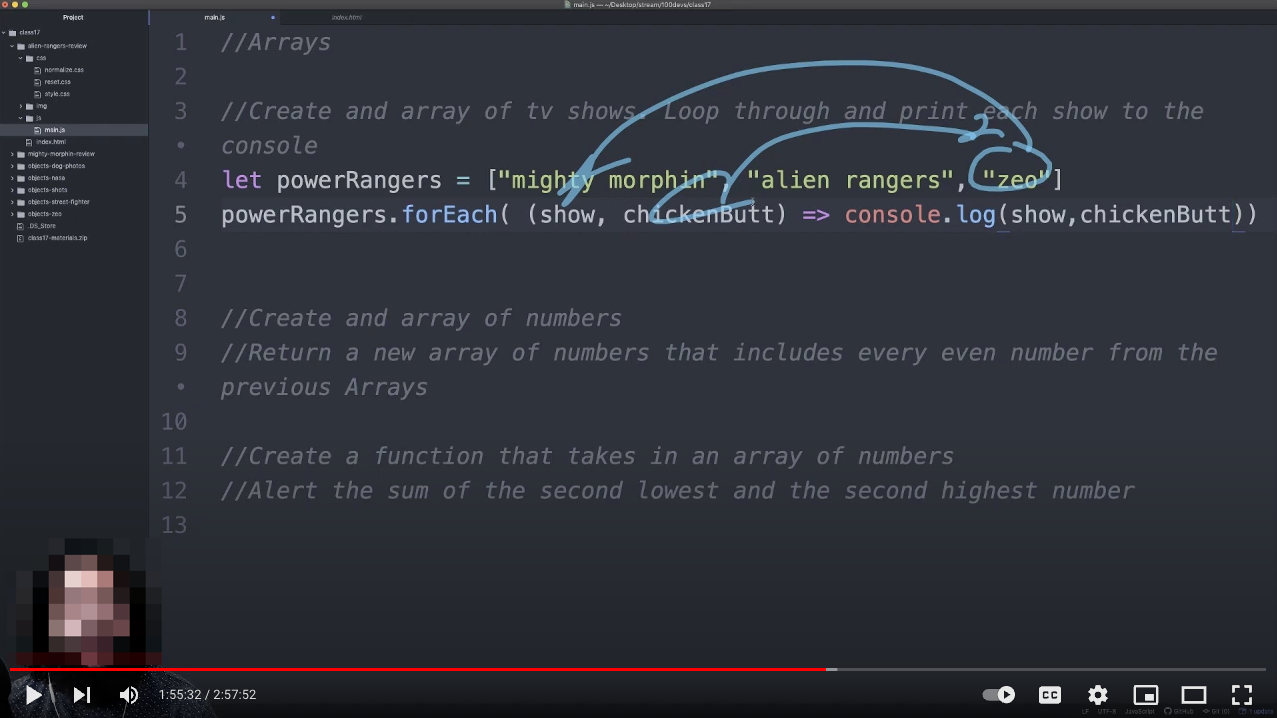Free online coding “boot camp” cohorts
Hi, there. You're not logged in. So, you must be a visitor. Welcome!
What is this? You are viewing one of our supplemental "Stories." In addition to our core design curriculum, we are constantly building out additional resources. Stories are a collection of real work tasks, design history, UX explorations, and work-throughs. Stories are often off-the-cuff and less concerned with production value.
Introduction
Once you learn how to “code” – it seems like it was easy. And it seems easy to teach it.
It doesn’t mean you are good at it. But – teaching is a great way to solidify your understanding – and so, many people write a lot of articles and tutorials and make videos.
Lately, there’s been a growing amount of disdain for “Coding Boot Camps” and their prices. Their outcomes aren’t so hot – and well, people are frustrated and want to make their own mark. This is great. But it can have some downsides too.
We keep an eye on things
We don’t do it to spy on people. We do it because we love design and programming and teaching – and we love seeing how other people teach. Just like bands listening to other musicians’ music. Pretty normal stuff. It’s pretty insane how many classes and courses we’ve taken for research before starting PE. Maybe we’ll show it to you… if you really want to see it.
Anyway… Here are some notes we’re keeping to help us explain some of the pitfalls.
https://leonnoel.com/100devs/
https://www.classcentral.com/cohorts/webdev-bootcamp-spring-2022
Work in progress
Just keeping some notes here for later –

35:00
Classic short story

40:00
8 minutes later, explaining functions.
That’s rough! And with no context to what a function is – because no code has been written – and so, how could you learn about ways to encapsulate code for reuse – when you don’t know what code is or does?

1:17:00
37 minutes later:
There’s just a LOT of stuff here…

1:55:00
38 minutes later.
…